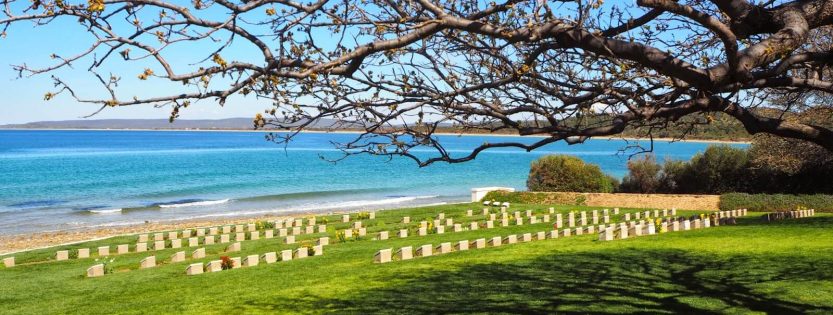Nusrat Mine Ship
Information about Nusrat Mine Ship
The Nusret Mine Ship is one of the symbols that comes to mind when it is called the Gallipoli Battle. At the same time, it is the world’s most famous mine-laying ship in this sense. Built in 1911 in Kiel, Germany, Nusrat entered service in 1913. Nusrat capable of speeding 15 nautical miles per hour, was 40 m long and 7.4 m wide. Narrow structure and sudden manoeuvres were also very successful, and they were able to circulate easily in minefields.
From the beginning of the Allied naval bombing in early February to March, the largest fleet of the world was gathering in front of the throat, exploration flights detected minefields, mine exploration and exploration vessels penetrated into the throat and cleared mines.
The mine lines in front of the Dark Harbor, where Nusrat’s mines ‘rubble’ had been completely cleared. After a long period of cleaning work, the Allied fleet was likely to attempt to cross the throat. On top of that, the Supreme Commander of the Presidium took the decision of casting the last 26 mines, which had been obtained by the proposal of a German officer, into the Dark Port. This is the living witness
Sayings of Selahattin Adil
Selahattin Adil, Chief of Staff of Müstahkem Mevkii writes:
“It was obvious that the exact attack of the enemy would be done within a few days. Following the proposal of the German Admiral Menter Pasha, an experienced, lovable and docile old man who was looking at maritime affairs, it was decided to discard the remaining reserve mines and prepared at nearly 30 mines on the Nusret ship “
Thus, with the appointment of Commander of Constitutional Court Cevat Pasha, the ship of Nusrat Mine commanded by Captain Tophaneli General Bey came out from the night of 7-8 March at night. My Group Command Captain Hafiz Nazmi Bey was also on the Nusret Mine Ship.
After the midnight of 7-8 March, the Nusret Mine Ship, which departed from Çanakkale in a foggy weather, extinguished all its lights and suppressed the alarm so that it would spark. Nusrat, moving through the mines that had already been poured, under the guidance of Nazmi Bey and proceeding towards the Dark Port, cast 26 mine silence across the shore at 100 meters intervals and 4.5 meters below the water.
Mission completed
When the task was completed, Nusrat returned with the same silence and carefulness and left the sign of 26 martyrs to change the fate of the war.
In the next rounds, new exploratory flights and mine scans were made by the Allies. The mines that Nusrat placed had changed the fate of the Çanakkale campaign on March 18, 1915 and earned him the title “World’s most famous mine ship”. Bouvet with Nusrat’s crew of 639 crewmembers, followed by HMS Inflexible armour in the water. The task of fixing the mines in the Dardanelles was given to French captain Guepratte as an honorary duty. The captain had not been able to detect the mines that Nusrat had dumped in the expeditions he had made from the air, and he reported to the naval officers that the throat was mine-free.

Leave a Comment